
Tokyo Market Guide: Exploring Tsukiji and Toyosu Markets
Tokyo's Tsukiji and Toyosu Markets are must-visit spots for food lovers and anyone interested in Japan’s rich culinary culture. Both markets offer visitors a glimpse into the heart of Japan’s seafood industry, where fresh fish and produce are traded daily, and vendors and buyers come together to source the best ingredients. While Tsukiji retains its charm as a historic open-air market, Toyosu is Tokyo’s new high-tech seafood wholesale market, providing a more modern take on the classic Japanese fish market experience. This guide explores everything you need to know to make the most of your visit to Tsukiji and Toyosu Markets, from top foods to try, shopping tips, and practical information on how to navigate these bustling hubs of Japanese gastronomy.
Read on to discover the best places to explore, eat, and shop at Tokyo’s most famous markets.
Contents
1. Overview of Tsukiji and Toyosu Markets
2. Must-See Spots at Tsukiji Market
1. Overview of Tsukiji and Toyosu Markets
The Tsukiji Market, established in 1935, was once the largest wholesale fish market in the world, famed for its early morning tuna auctions and vibrant outer market packed with food stalls. In 2018, the inner wholesale market relocated to the state-of-the-art Toyosu Market, a vast and modern complex designed to enhance food safety and provide a cleaner environment for fish trading. Toyosu now hosts the wholesale operations and tuna auctions that once took place in Tsukiji, while Tsukiji’s outer market continues to thrive as a popular destination for foodies and tourists.
Visitors can now enjoy the best of both worlds: the nostalgic charm of Tsukiji’s open-air stalls and the sleek, efficient layout of Toyosu Market. Together, they provide a complete picture of Japan’s fish market scene, merging history and innovation in one culinary experience. While Tsukiji offers a more personal and street-style shopping experience, Toyosu is a testament to Tokyo’s commitment to modernization and food safety.
2. Must-See Spots at Tsukiji Market
The Tsukiji Outer Market is a haven for street food lovers, with rows of stalls selling fresh seafood, sushi, produce, and various Japanese delicacies. Here are some of the top areas to explore:
Nakamise Street
This vibrant street in the heart of the outer market is filled with stalls offering grilled seafood skewers, tamagoyaki (Japanese omelet), sushi, and more. It’s a fantastic place to try small bites of a variety of Japanese dishes. Don’t miss the opportunity to sample fresh sea urchin, scallops, and oysters, which are served grilled or fresh.
Tsukiji Uogashi
One of Tsukiji’s lesser-known gems, Tsukiji Uogashi is a multi-floor building that houses numerous fish vendors and wholesale shops. While it’s smaller than the original wholesale market, it gives visitors an idea of the traditional market setup. Many of the vendors here are happy to share information on the types of fish available, making it a great spot for those interested in learning more about Japanese seafood.
Local Shops for Souvenirs
The outer market also has an array of shops selling kitchenware, knives, dried goods, and souvenirs. The knives at Tsukiji are particularly famous, as they’re crafted by traditional Japanese blacksmiths. You can find a range of other items, such as chopsticks, dried seaweed, bonito flakes, and various Japanese sauces that make for great gifts.
3. Must-See Spots at Toyosu Market
Toyosu Market is divided into three main areas: the wholesale fish market building, the fruit and vegetable market building, and the seafood intermediate wholesale market building. Each area offers unique insights into the high-tech side of Tokyo’s seafood industry.
Tuna Auction Observation Deck
One of Toyosu’s main attractions is the tuna auction observation deck, where visitors can watch the early morning auctions from behind a glass wall. You can observe the bidding process, where massive tuna fish are sold to the highest bidder. This experience requires advance reservation, so be sure to plan ahead if you want a close-up look at this traditional event.
Seafood Intermediate Wholesale Market
This part of the market is where intermediate wholesalers sell seafood to local buyers, including restaurant owners. The stalls are filled with an astonishing variety of seafood, from massive crabs to rare shellfish. Visitors can view the transactions and explore the market floor from a viewing passage that circles the area.
Roof Garden
Toyosu Market’s rooftop garden offers beautiful views of Tokyo Bay and the city skyline. It’s a peaceful place to relax after a busy morning exploring the market, and there are benches and tables where you can enjoy any snacks or drinks you’ve picked up. The garden’s design reflects the market’s commitment to blending tradition with sustainability.
4. Best Food Experiences
Both Tsukiji and Toyosu Markets are known for their fresh and diverse food options. Here are some of the top dishes and dining spots to try:
Sushi at Sushi Dai or Daiwa Sushi
These two sushi restaurants, once famous at the original Tsukiji Inner Market, have relocated to Toyosu Market and continue to serve some of the freshest sushi in Tokyo. Be prepared to wait, as lines are common, but the quality of the fish and the attention to detail make it well worth the time. Opt for the omakase (chef’s choice) for a carefully curated selection of seasonal fish.
Grilled Seafood Stalls at Tsukiji
At Tsukiji, you’ll find a range of street stalls grilling seafood skewers, scallops, squid, and shrimp, offering a variety of flavors and textures. Each stall has its own special seasoning, from soy sauce to miso paste, creating a perfect blend of smokiness and umami. This is a must-try for anyone visiting Tsukiji’s outer market.
Tamagoyaki (Japanese Omelet)
Tamagoyaki is a popular street food at Tsukiji, known for its fluffy texture and slightly sweet flavor. Vendors offer thick slices served on sticks, making it easy to enjoy as you stroll through the market. This dish is loved by locals and tourists alike and is a unique way to experience Japanese flavors beyond seafood.
Seafood Donburi (Rice Bowls)
Both markets offer various donburi (rice bowls) topped with fresh seafood like tuna, salmon, and roe. These bowls are a convenient way to sample multiple types of fish in one meal and are a favorite breakfast or lunch choice for market visitors. Many donburi shops allow you to customize toppings, making it easy to try something new or stick to your favorites.
5. Shopping for Local Goods
Shopping in Tsukiji and Toyosu Markets goes beyond food. Here are some of the top items to pick up as souvenirs or gifts:
Japanese Knives
Tsukiji’s knife shops are known for their high-quality Japanese knives, which are carefully crafted and incredibly sharp. These knives make great gifts or additions to your kitchen. Shopkeepers are knowledgeable and can help you choose a knife that suits your needs, whether it’s for cutting fish, vegetables, or meat.
Dried Seafood and Seaweed
Both Tsukiji and Toyosu offer a selection of dried seafood, such as dried fish, shrimp, and various types of seaweed (nori, kombu). These ingredients are essential in Japanese cooking, and they’re easy to transport back home. Look for bonito flakes, which are commonly used in Japanese soups and sauces, adding a savory depth of flavor.
Matcha and Green Tea
Tsukiji has a few tea shops that sell premium green tea and matcha. Japanese tea makes a wonderful souvenir or gift, offering a taste of Japanese culture that’s both authentic and healthful. These teas come in various grades, and you can ask shopkeepers for advice on the best type for drinking or cooking.
6. Tips for Visiting the Markets
To make the most of your visit to Tsukiji and Toyosu Markets, here are some essential tips:
Arrive Early: Both markets are morning destinations, and early arrival ensures you’ll get to see the markets at their busiest. Tuna auctions at Toyosu start as early as 5:30 AM, and many stalls at Tsukiji open by 7:00 AM. The earlier you arrive, the more vibrant the experience.
Cash is Preferred: Many stalls and small shops at Tsukiji, and even some vendors at Toyosu, prefer cash payments. It’s wise to bring yen to avoid any issues, especially if you plan on sampling street food or buying small items.
Respect Photography Guidelines: While photography is allowed in many areas, be mindful of signs and the people around you. Some vendors prefer not to have their products or faces photographed, so it’s best to ask if you’re unsure.
Plan for Crowds: Both markets, particularly Tsukiji, can get very crowded, especially on weekends. Be prepared for lines at popular food stalls and restaurants, and consider visiting on a weekday for a less crowded experience.
Check Toyosu Observation Deck Reservations: If you’re interested in watching the tuna auction from the observation deck at Toyosu, make sure to reserve in advance through their website. This experience is highly sought after and often fills up quickly.
Tokyo’s Tsukiji and Toyosu Markets each offer unique insights into Japan’s food culture and seafood industry. By exploring both, you can experience the best of traditional Japanese markets and modern innovation, making for an unforgettable culinary journey in Tokyo.
Share
You may also like
-

Visiting Japan’s Love Hotel Districts: What to Expect
Japan’s love hotel districts are famous for their unique and fascinating blend of privacy, creativity, and a touch of...
-

Top 10 Late-Night Dining Spots in Tokyo’s 24-Hour Cafes
Tokyo’s vibrant nightlife extends well beyond bars and nightclubs, with a thriving late-night dining culture tha...
-
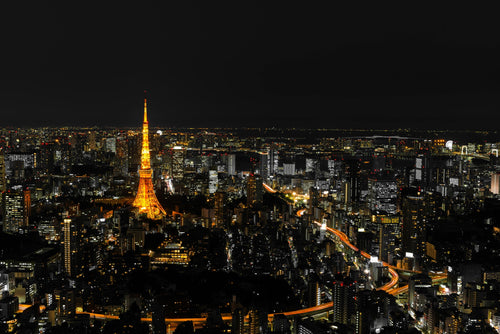
Best Night Tours in Tokyo for After-Dark Adventures
Tokyo’s nightlife is renowned for its energy, vibrancy, and unique blend of traditional and modern experiences. From ...
-
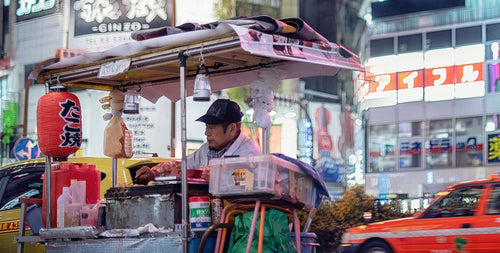
Japan’s Late-Night Food Culture: 8 Best Street Eats
Japan’s late-night food culture is a vibrant experience, especially in bustling cities like Tokyo and Osaka, where de...
-
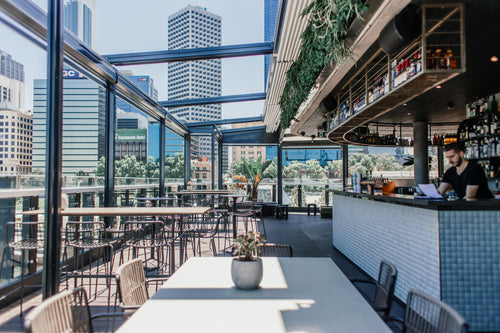
7 Rooftop Bars in Tokyo for Stunning Views
Tokyo’s rooftop bars offer some of the best ways to soak in the city’s skyline while enjoying drinks, atmosphere, and...
-

10 Best Nightclubs in Tokyo for Dancing and Music Lovers
Tokyo's nightlife is renowned for its variety and energy, with nightclubs that range from high-energy dance floors to...
-
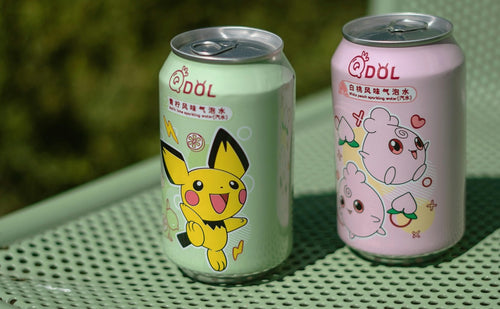
8 Themed Bars and Cafes You Need to Visit in Tokyo
Tokyo is famous for its creative and quirky themed bars and cafes, offering immersive experiences for locals and...
-

Tokyo Nightlife Guide: Shinjuku, Shibuya, and Roppongi Highlights
Tokyo’s nightlife is legendary, offering a mix of vibrant energy, entertainment, and unique experiences in some of it...
-
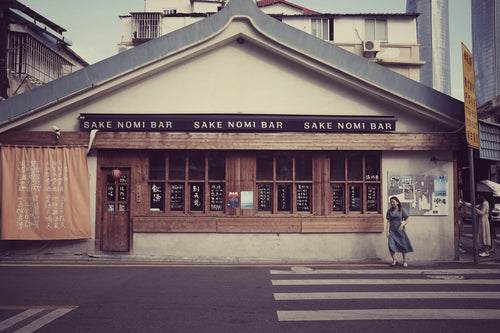
7 Best Japanese Sake Bars in Tokyo
Tokyo is home to some of Japan’s best sake bars, offering both locals and visitors an opportunity to explore the...
-
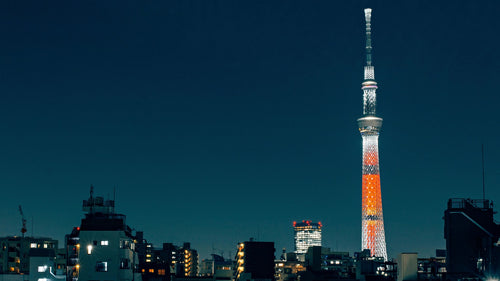
Top 6 Observation Decks in Tokyo for Scenic Views
Tokyo’s observation decks offer some of the best panoramic views of the city, giving visitors a chance to see th...
-
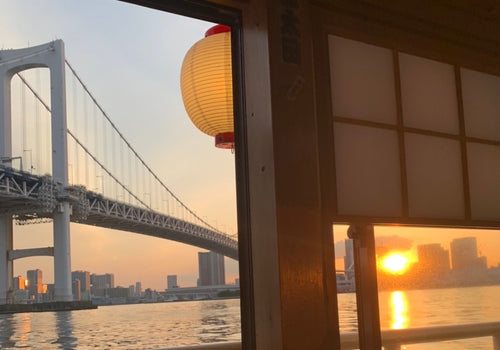
Night Cruises in Tokyo: Enjoy the City Views
Tokyo’s skyline is mesmerizing at any time, but experiencing it from the water on a night cruise adds a magical ...
-
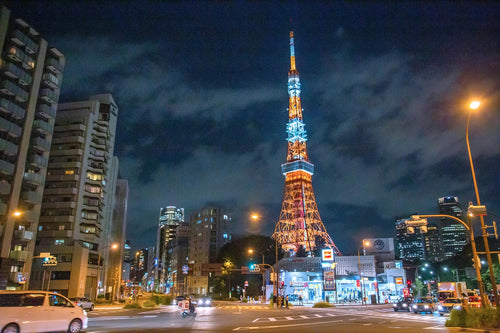
Roppongi Art and Nightlife Guide
Roppongi is one of Tokyo’s most vibrant districts, known for its lively nightlife, sophisticated art scene, and ...
-
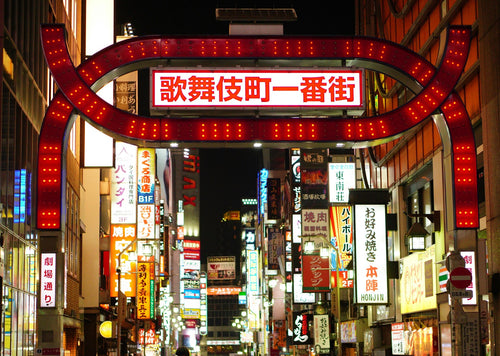
Nightlife Guide to Shinjuku Kabukicho
Shinjuku’s Kabukicho district, known as Tokyo’s “Sleepless Town,” is the center of nightlife in Tokyo. Renowned ...
-
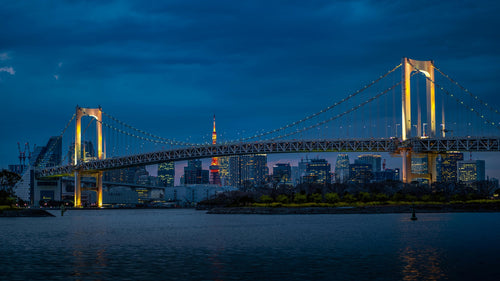
6 Best Night View Spots in Tokyo
Tokyo at night is a breathtaking spectacle, with illuminated skyscrapers, iconic landmarks, and bustling streets that...
-
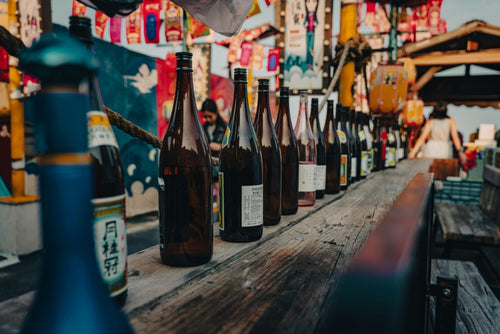
Top 12 Sake Breweries in Japan for Tasting and Tours
Japan’s sake culture is celebrated around the world for its depth, complexity, and rich history. Sake, or nihons...
-
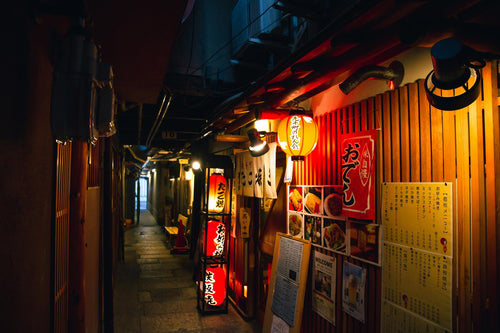
How to Enjoy a Night at a Japanese Izakaya
Japanese izakayas are casual, lively spots where locals gather after work to enjoy drinks, share small plates, a...
-

Exploring Karaoke Culture in Japan: 8 Best Places to Sing
Karaoke is an integral part of Japanese culture, offering a fun and entertaining way for friends, family, and even co...
-
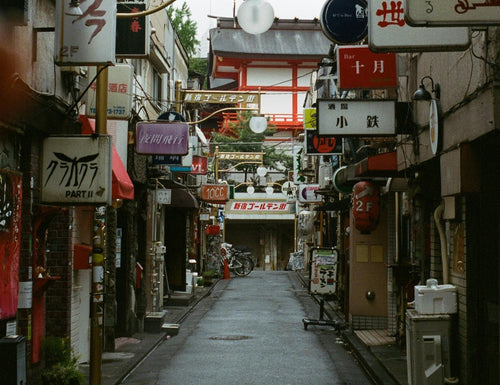
5 recommended bars in Golden Gai
Golden Gai, nestled in the heart of Tokyo’s Shinjuku district, is one of the city’s most iconic bar districts. Known ...
-
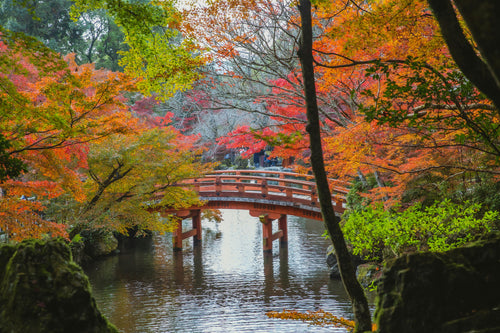
10 Japanese Gardens You Should Visit for Tranquility
Japanese gardens are renowned for their beauty, tranquility, and intricate designs that reflect harmony with nature. ...
-
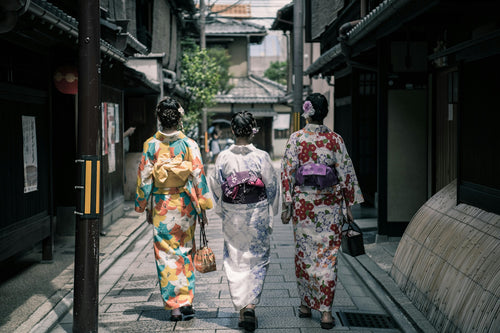
Japan’s Kimono Heritage: Symbolism, Style, and Where to See
The kimono, Japan’s traditional garment, is a beautiful and symbolic representation of Japanese culture. From its int...
-
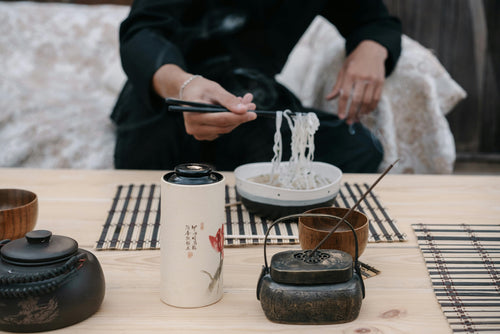
Etiquette Essentials for Visitors to Japan
Japan’s culture is rich in respect, politeness, and consideration, making etiquette an essential part of daily l...
-

7 Best Places to Discover Japan’s Samurai History
Japan’s samurai history is one of honor, skill, and deep cultural influence, stretching back centuries and leaving an...
-
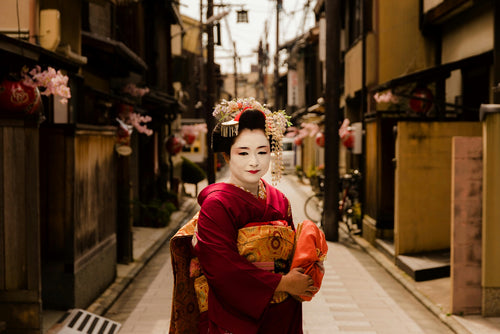
Geisha Culture in Japan: Myths and Realities
The world of geisha, Japan’s skilled performers and keepers of traditional arts, has long intrigued people around th...
-
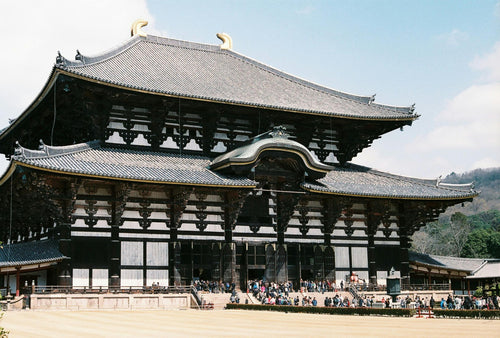
Japan’s Unique Architecture: Top 8 Traditional and Modern Landmarks
Japan is renowned for its unique blend of ancient architectural heritage and cutting-edge modern designs. From c...
-
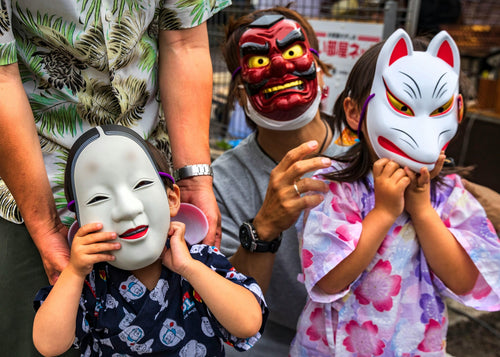
10 Traditional Japanese Festivals (Matsuri) You Can’t Miss
Japanese festivals, or *matsuri*, are vibrant celebrations of cultural heritage, featuring elaborate costumes, l...
-
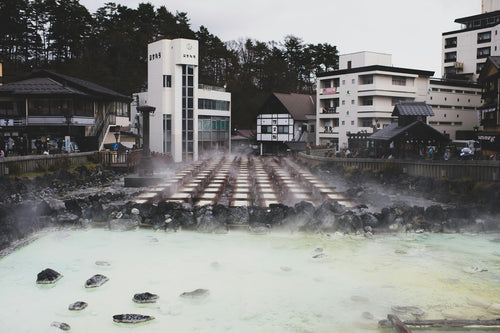
Japan’s Three Great Onsen: A Guide to Famous Hot Springs
Japan is famous for its natural hot springs, or *onsen* (温泉), offering visitors a unique opportunity to relax and rej...
-
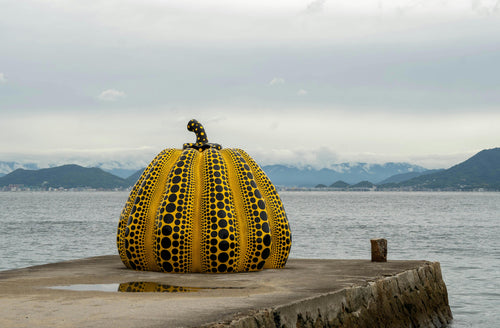
Japanese Art Exploration: Best Spots to Enjoy Art in Japan
Japan is a country rich in artistic heritage, from centuries-old traditional crafts to modern, innovative instal...
-

Guide to Japan’s Fireworks Festivals: When and Where to Go
Japan’s summer fireworks festivals, known as "hanabi taikai" (花火大会), are among the most anticipated events in th...
-
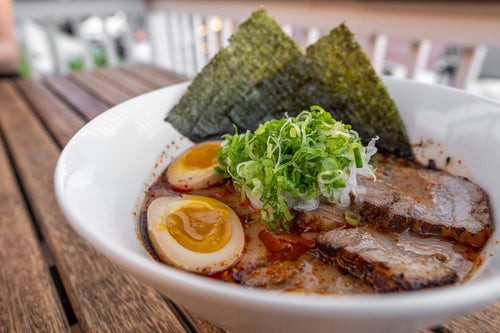
Where to Experience Ramen-Making Classes in Japan
Ramen is one of Japan’s most beloved dishes, with countless regional styles and flavors that attract food lovers from...
-
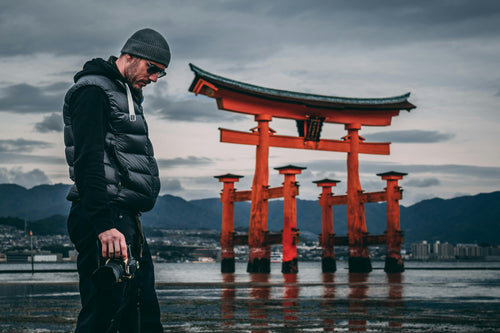
Power Spot Tours: Japan’s Famous Temples and Shrines
Japan is a land steeped in spiritual history, and visiting its temples and shrines provides not only a glimpse i...
-
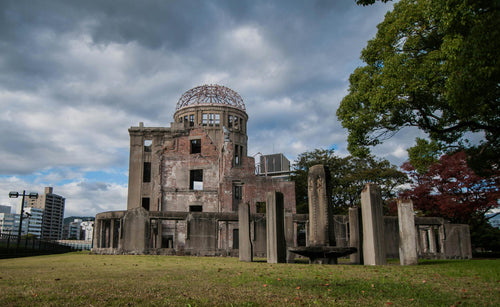
UNESCO World Heritage Site Tour Guide in Japan
Japan is home to numerous UNESCO World Heritage Sites, each offering a glimpse into the country’s rich cultural herit...
-
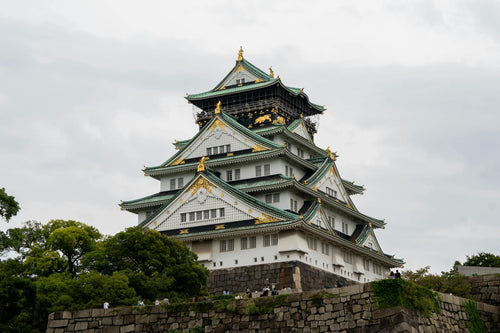
5 Famous Japanese Castles: History and Highlights
Japan is home to some of the most beautiful and historically significant castles in the world. Built during the feuda...
-
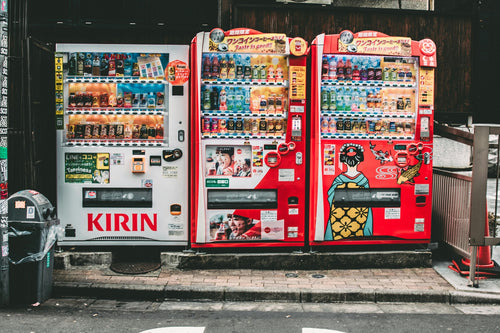
10 Unique Drinks to Try from Japanese Vending Machines
Japan is famous for its vending machines, offering an incredible variety of drinks that go beyond just soft drinks an...
-

Experiencing Traditional Tea Ceremony in Tokyo
The Japanese tea ceremony, or "chanoyu," is a cultural experience steeped in tradition, aesthetics, and mindfulness....
-
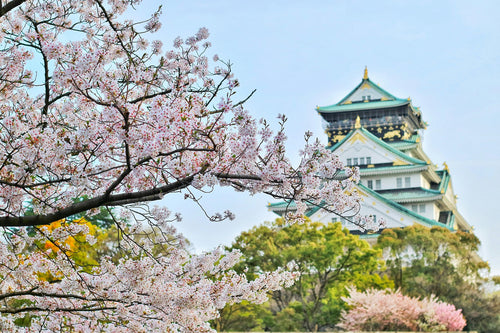
Top 7 Cherry Blossom Viewing Locations in Tokyo
Springtime in Tokyo is synonymous with the cherry blossom season, a breathtaking period when the city’s parks, rivers...
-
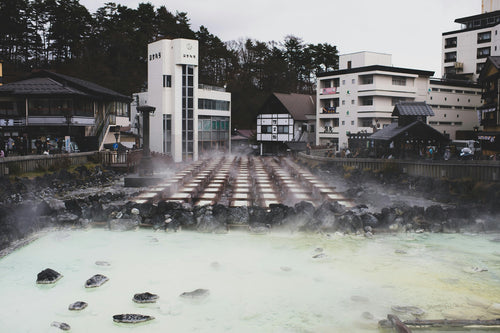
What is Onsen? A Guide to History, Benefits, and Etiquette
Onsen, Japan’s cherished hot spring culture, offers a unique blend of relaxation, scenic beauty, and deep-rooted trad...
-
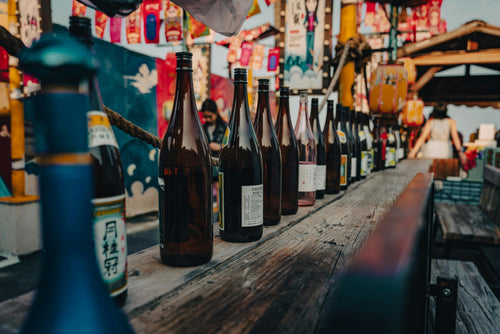
What is Sake? Its Production Method and History
Sake is a traditional Japanese alcoholic beverage made from fermented rice. It has been enjoyed in Japan for over a t...
-
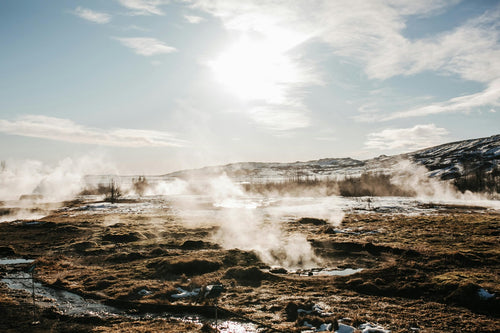
8 hot springs with beautiful scenery near Tokyo
Tokyo is a bustling metropolis, but just outside the city are some of Japan's most serene hot springs, or onsens, off...
-

Top 10 museum to visit in Tokyo
Tokyo is home to a diverse range of museums that cater to all interests, from art and history to technology and pop c...
-
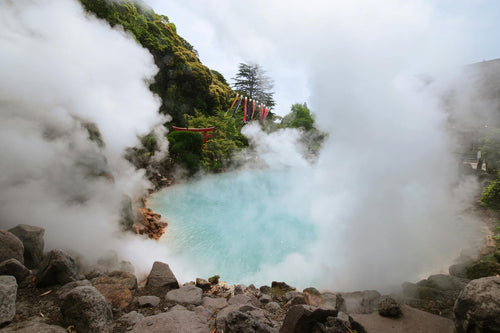
9 Best Hot Spring and Bathhouse in Tokyo
Tokyo is known for its vibrant urban energy, but it's also a fantastic place to relax and rejuvenate in hot springs (...
-
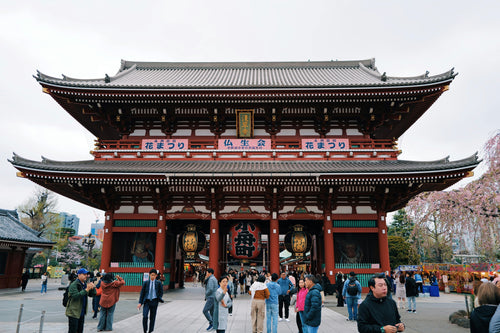
15 Famous Temples and Shrines to Visit near Tokyo
Tokyo and its surrounding areas are home to many famous temples and shrines that showcase Japan's rich spiritual and ...









































